21. June, 2025delish0
Optimizing the capacitor film slitting process requires equipment upgrades, parameter adjustments, material management, and process control, and the following are specific suggestions:
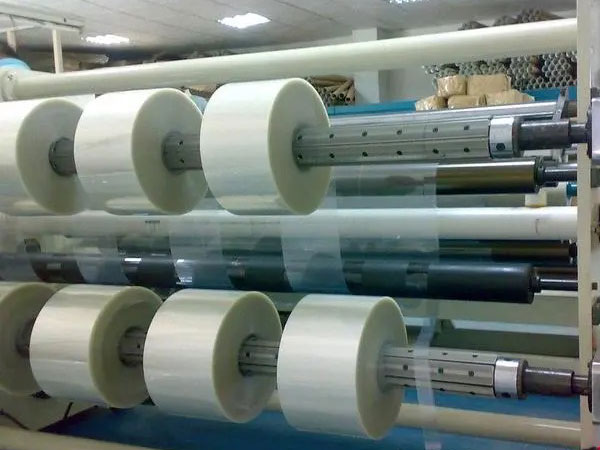
First, equipment upgrades
1. The core components of the slitting machine are upgraded
◦ High-precision tool holder system: The tool holder driven by servo motor can achieve a positioning accuracy of ±0.01mm, reducing the burr on the edge of the film.
◦ Choice of round or flat knife:
▪ Round knife: suitable for high-speed slitting (>300m/min), low friction heat, but regular grinding to keep sharp.
▪ Flat knife: flatter incision, suitable for ultra-thin films (< 2 μm), but at a lower speed.
◦ Static Eliminator: Install an ionizing air bar to eliminate the static electricity generated during slitting (the surface resistance should be controlled below 10^9Ω).
2. Tension control system
◦ Upgraded to closed-loop tension control (such as magnetic particle brake + tension sensor), the tension fluctuation is controlled within ±0.1N to avoid film stretching or wrinkling.
3. Automation & Detection
◦ On-line defect detection: CCD camera is used to detect scratches, bubbles and other defects of the film after slitting (detection accuracy can reach 10μm).
◦ Automatic guiding system: infrared or ultrasonic sensor adjusts the position of the film in real time (guiding accuracy ± 0.5mm).
4. Ancillary Equipment
◦ Constant temperature and humidity environment: control the workshop temperature of 23±2°C and humidity of 45±5%RH to reduce the moisture absorption and deformation of the film.
◦ Dust collection device: integrated vacuum adsorption to remove debris generated by slitting (particulate matter control≤ 1000 pieces/m³).
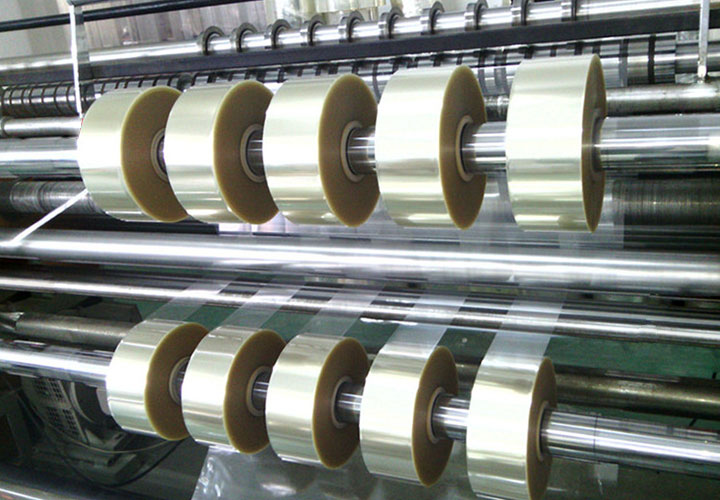
Second, parameter optimization skills
1. Slitting speed
◦ Adjust the speed according to the film thickness:
▪ 4~10μm film: 150~250m/min
▪ 10~20μm film: 250~400m/min
◦ Note: Excessive velocity may cause the edges to melt (PET film melting point is about 250°C).
2. Tension setting
◦ Slitting tension: usually 10%~20% of the yield strength of the film (such as 12μm PET film tension of about 2~3N).
◦ Winding tension taper: The initial tension is set to 120% of the slitting tension, which decreases linearly to 80% as the winding diameter increases.
3. Cutter parameters
◦ Cutter angle:
▪ Round knife: cutting angle 25°~30°, rear angle 5°~8°.
▪ Flat knife: Cutting angle 18°~22°.
◦ Overlap amount: The overlap amount of tools is set to 10%~15% of the film thickness (e.g., 1~1.5μm overlap of 10μm film).
4. Rewinding pressure
◦ Progressive pressure control, the initial pressure is 50~80N, and gradually increases to 150~200N with the increase of coil diameter.

Third, the key points of process control
1. Film pretreatment
◦ The film should be allowed to stand for 24 hours (under environmental control) before slitting to release internal stress.
◦ Use a surface tension tester (dyne pen) to confirm that the surface tension of the film ≥ 38 dyn/cm to ensure the quality of subsequent metallization.
2. Post-slitting processing
◦ After slitting, the film is cured at 40~50°C for 4 hours to eliminate the winding stress.
◦ Anti-static PE film is used to wrap the film roll to avoid transportation pollution.
Fourth, common problem countermeasures
| issue | cause | solution |
| Edge burrs | Worn knives or improper angles | Change the tool and adjust the cutting angle or overlap amount |
| The membrane rolls wrinkled | Uneven tension or humidity fluctuations | Calibrate the tension sensor for enhanced ambient humidity control |
| Slitting width deviation | The guiding system is lagging behind | Upgrade to servo guiding with high frequency response (response < 50ms) |
| Static electricity adsorbs dust | The static eliminator fails | Detection of ionizing fan output (≥±5kV required) |
Fifth, cost and benefit assessment
• Equipment upgrade investment: about 50~1 million yuan for high-precision slitting machine, and the payback period is usually 1~2 years (achieved by increasing yield by 5%~10%).
• Parameter optimization benefits: DOE (Design of Experiments) optimization can reduce the scrap rate by 3%~8%.
Through the above comprehensive measures, the slitting accuracy can be significantly improved (up to ±0.05mm) and the loss can be reduced (scrap rate < 1%), and meet the requirements of high-end capacitors for film consistency.


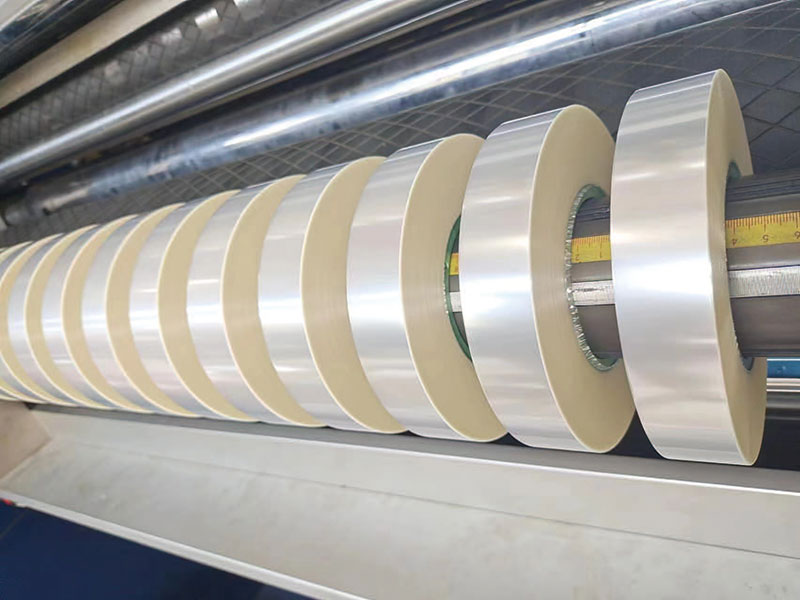
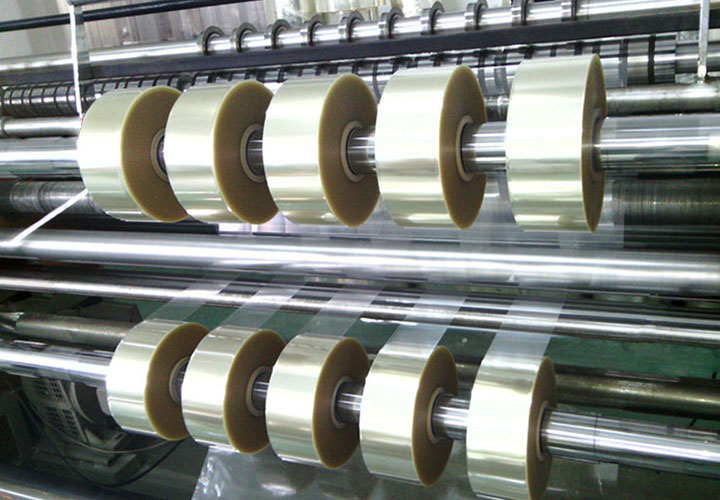
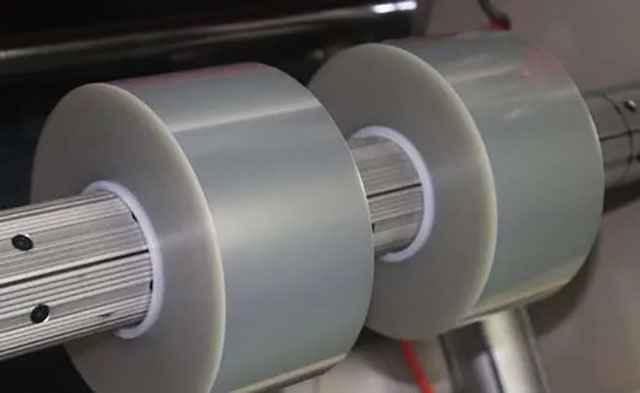
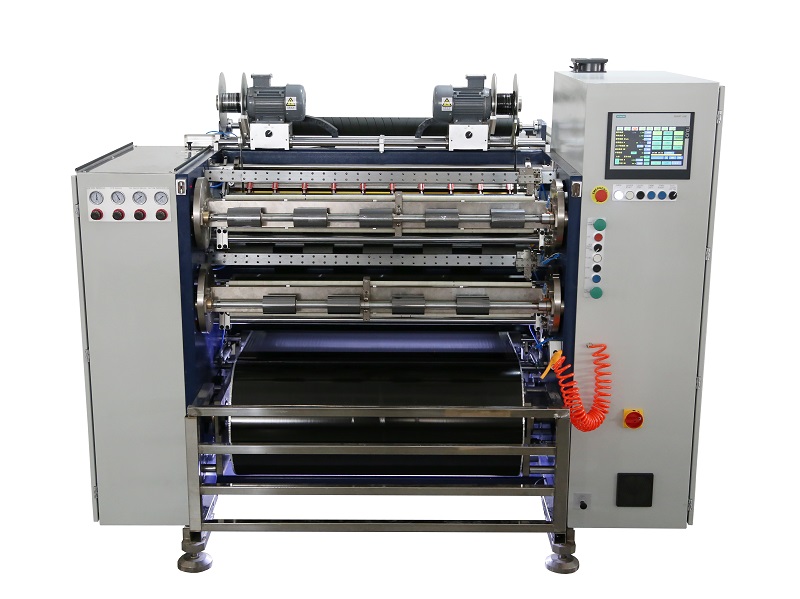 Fully Automatic TTR Slitter RSDS8 Plus
Fully Automatic TTR Slitter RSDS8 Plus Hot Stamping Foil Slitter 1600mm
Hot Stamping Foil Slitter 1600mm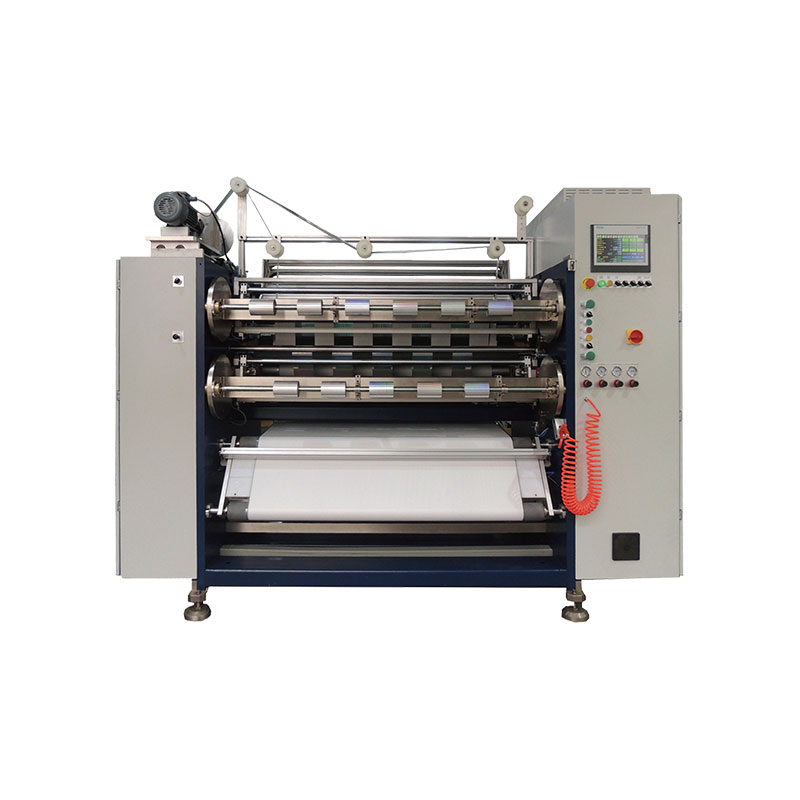 Hot Stamping Foil Slitter (4 Shafts)
Hot Stamping Foil Slitter (4 Shafts)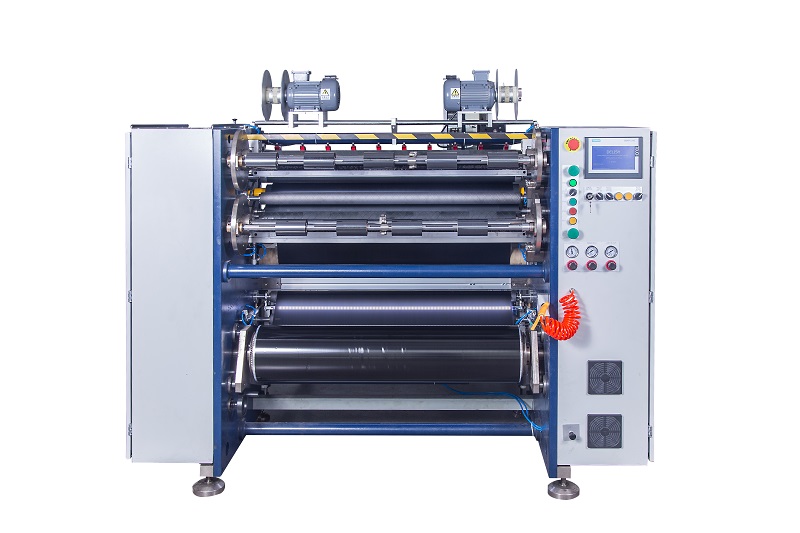 Semi-Auto TTR Slitter RSDS2 Plus
Semi-Auto TTR Slitter RSDS2 Plus Semi Automatic TTR Slitter RSDS5 Plus
Semi Automatic TTR Slitter RSDS5 Plus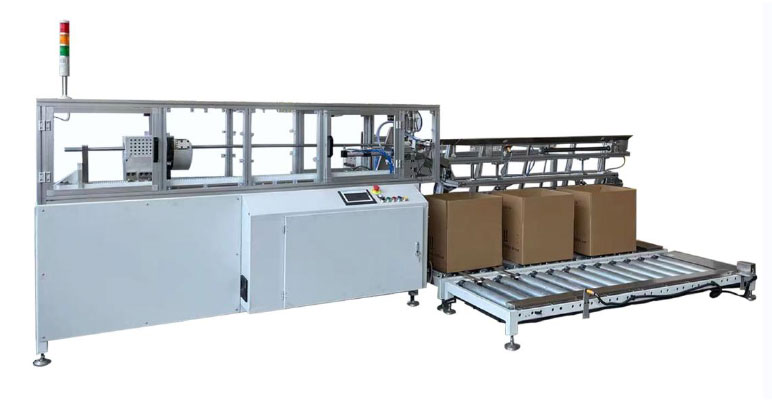 Auto Paper Core Cutter
Auto Paper Core Cutter Manual TTR Slitter RSDS2
Manual TTR Slitter RSDS2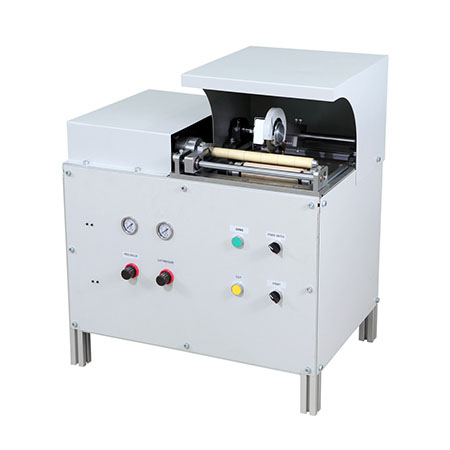 Manual Paper Core Cutter
Manual Paper Core Cutter





